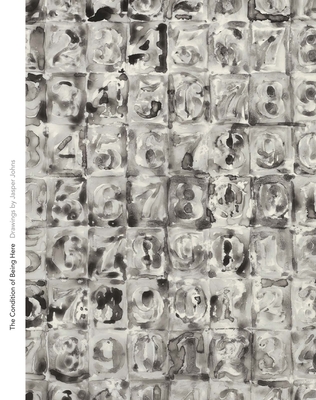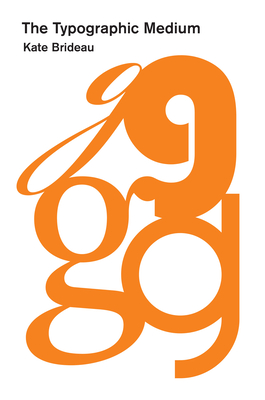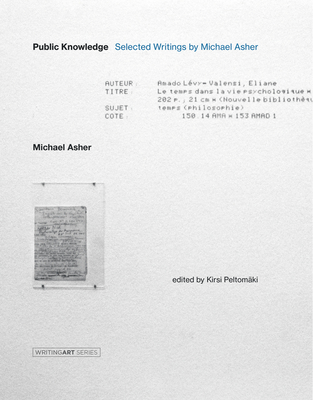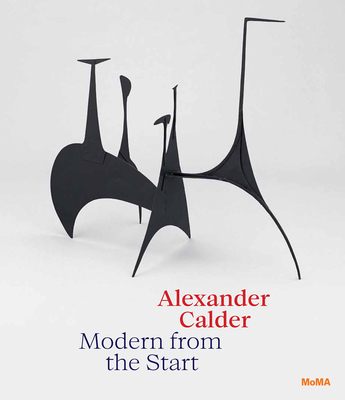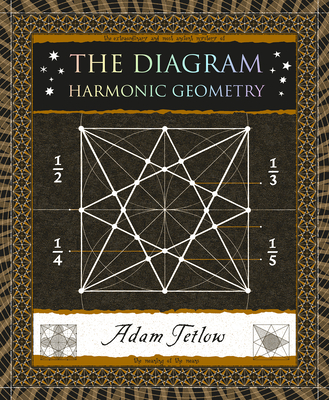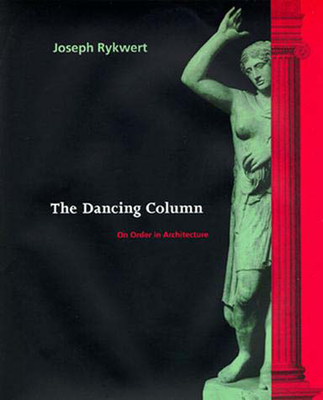
The Dancing Column: On Order in Architecture
Description
A deeply erudite, clearly written, and wide-ranging deconstruction of the system of column and beam known as the "orders of architecture," tracing the powerful and persistent analogy between columns and/or buildings and the human body.
Joseph Rykwert is one of the major architectural historians of this century, whose full humanistic understanding of architecture and its historical significance is unrivaled. The Dancing Column is certain to be his most controversial and challenging work to date. A decade in preparation, it is a deeply erudite, clearly written, and wide-ranging deconstruction of the system of column and beam known as the "orders of architecture," tracing the powerful and persistent analogy between columns and/or buildings and the human body.
The body-column metaphor is as old as architectural thought, informing the works of Vitruvius, Alberti, and many later writers; but The Dancing Column is the first comprehensive treatment to do this huge subject full justice. It provides a new critical examination of the way the classical orders, which have dominated Western architecture for nearly three millennia, were first formulated. Rykwert opens with a review of their consequence for the leading architects of the twentieth century, and then traces ideas related to them in accounts of sacred antiquity and in scientific doctrines of humor and character.
The body-column metaphor is traced in archaeological material from Egypt, Asia Minor, and the Levant, as well as from Greece, drawing on recent accounts by historians of Greek religion and society as well as the latest discoveries of archaeologists. Perhaps most important, Rykwert reexamines its significance for the formation of any theoretical view of architecture.
Chapters cover an astonishing breadth of material, including the notions of a set number and a proportional as well as an ornamental rule of the orders; the theological-philosophical interpretation Christiana of antiquity on which the domination of the orders relied; the astrological and geometrical canon of the human figure; gender and column; the body as a constantly refashioned cultural product; the Greek temple building and the nature of cult; and the endurance of ornamental forms and the function of symbols.
About the Author
Joseph Rykwert is Paul Philippe Cret Professor of Architecture Emeritus at the University of Pennsylvania.

